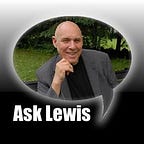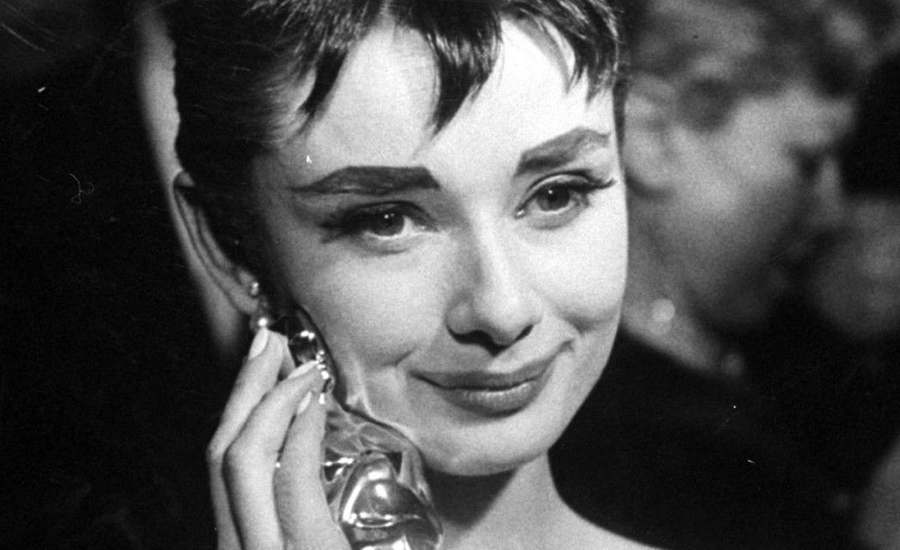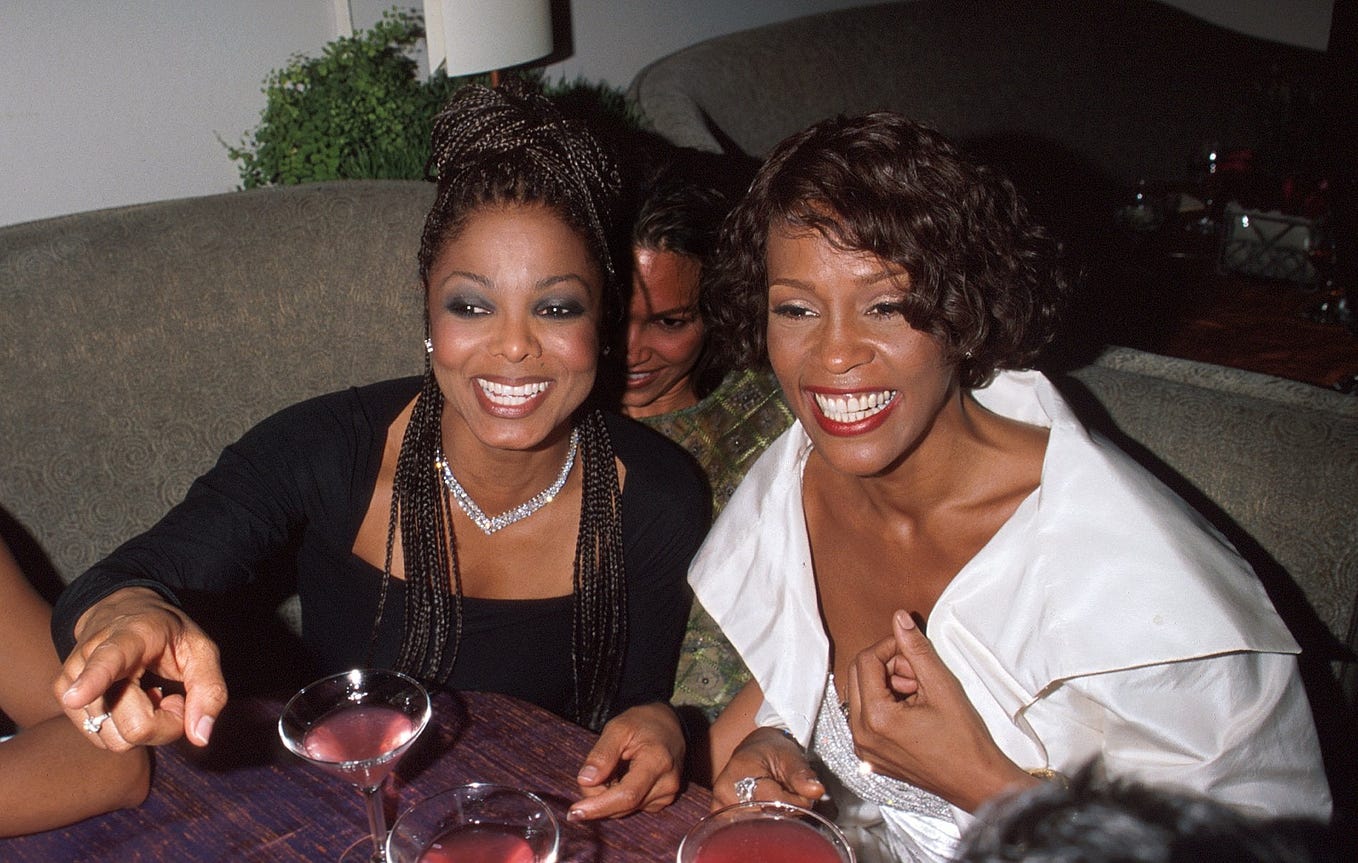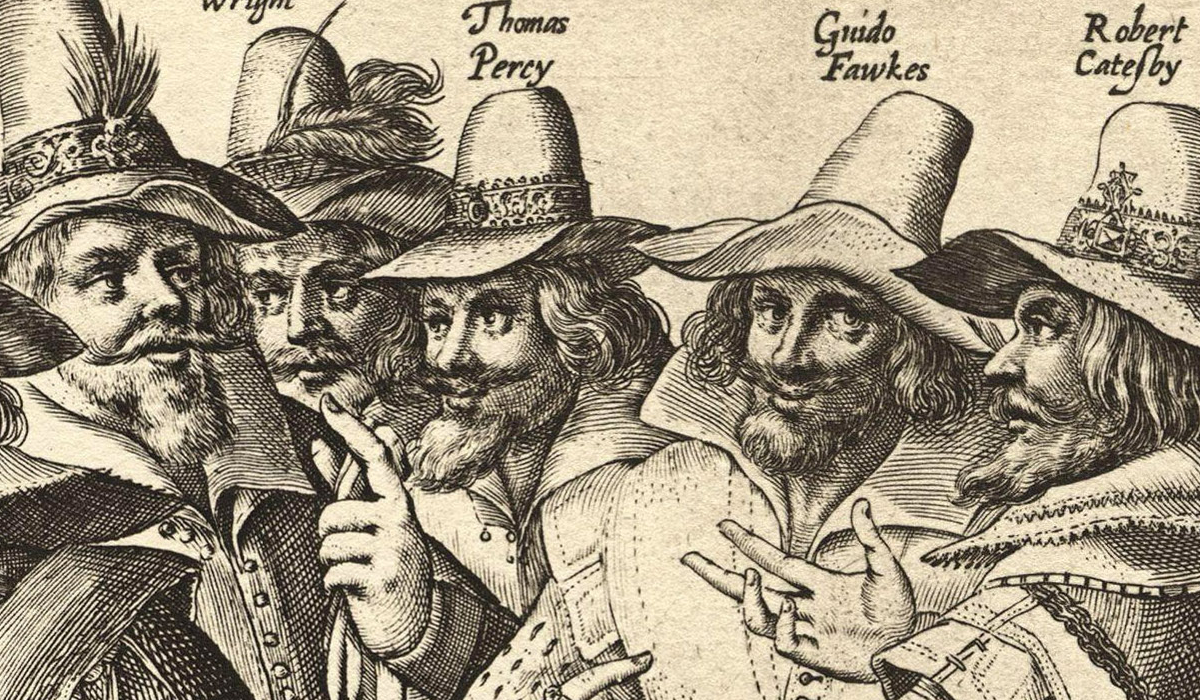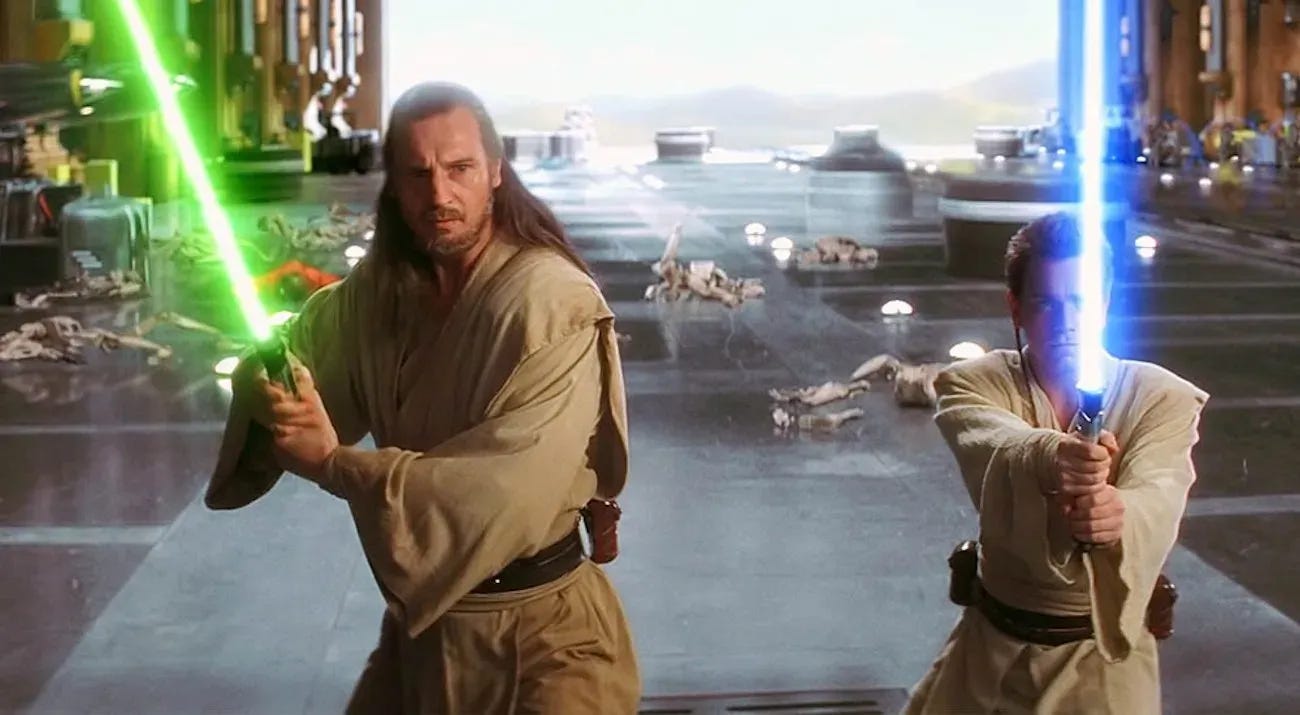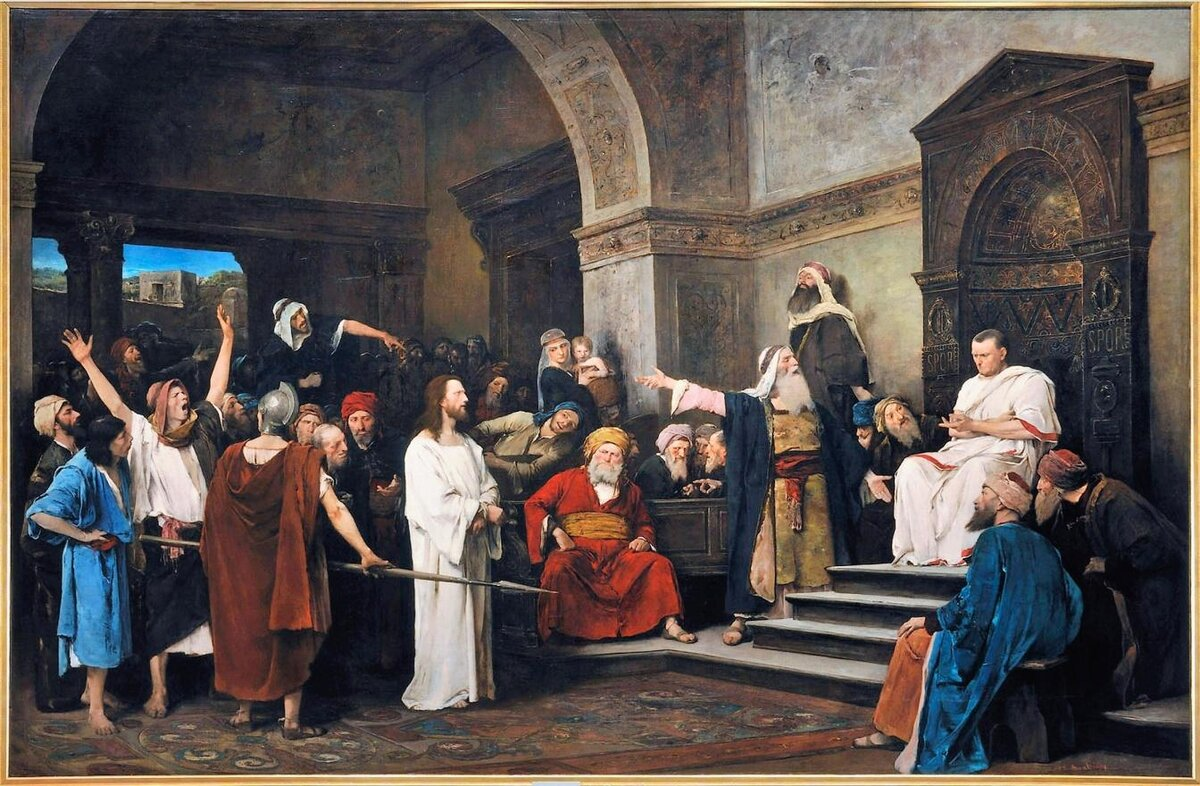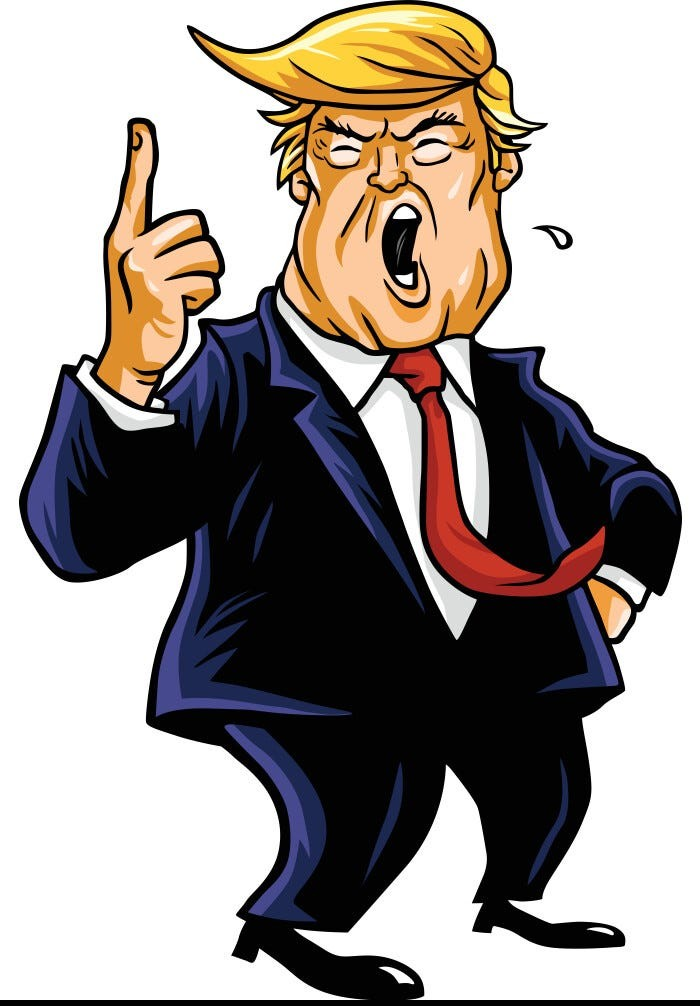A Short History of Rap Music
On it’s 50th Anniversary
This year has been anointed as the 50th anniversary of the creation of rap music — a musical form of vocal delivery that incorporates “rhyme, rhythmic speech, and street vernacular”.
Of course, this anniversary thing, is as much corporate and media hype as it is any kind of reality.
I was there in the South Bronx at that very time, I never noticed “rap music.” I guess it was because I wasn’t invited to any of the now famous block parties.
So, Where And When Did Rap Music As a Specific Genre Originate?
Rap began at block parties in New York City in the early 1970s, when DJs began isolating the percussion breaks of funk, soul, and disco songs and extended them.
MCs tasked with introducing the DJs and keeping the crowd energized would talk between songs, joking and generally interacting with the audience. I was there, in a sense, having grown up in the Highbridge section of the South West Bronx.
Let’s go back even further…
In old West Africa, tribesmen would deliver stories rhythmically over drum beats, which had a strong similarity to rap. When slaves were brought over to the Americas, this style of storytelling continued, but it wasn’t really well-known.
As early as the 1920s, there were instances of lyrics being rapped over popular beats. One example of this is the Charlie Patton song Shake it Break It. There were also certain influences on Rap in non-African-American music, such as the patter songs of musical theater.
Rap music, as we know it today, originated in African American and Latino communities in the Bronx, New York City, during the 1960s and 1970s. It began with announcements made over microphones at the parties. These announcements developed into more complex rhyming patterns.
Like all genres of music, Rap didn’t really ‘start’ so much as it evolved to a point where it was given a specific label. As it spread from the block parties, into urban Bronx culture and beyond, it is generally credited as starting in the mid-seventies with performers like Grand Master Flash, The Crash Crew, and The Sugarhill Gang.
To modern ears, early Rap sounds like disco. Just as Metal started as a subset of, and then eclipsed Rock; so too did Rap have its start in the mostly black discos of New York.
Here is an example from an early pioneer — Kurtis Blow
I didn’t research what I am describing here to you. I was there. I specifically remember roller skating to it.
Rap and the culture connected to it (Hip Hop, which included Break Dancing, now an Olympic Category, and Graffiti, a respected art form) grew out of a variety of musical genres, including African American and Caribbean music, jazz, funk, and disco.
Early pioneers of rap include DJ Kool Herc, Grandmaster Flash, and Afrika Bambaataa. A strong influence on rappers was the “funk” sound of James Brown. By the end of the 1970s, rap had become a full-fledged musical genre, thanks to such artists as the Sugarhill Gang and Kurtis Blow.
The genre quickly spread to other urban areas across the United States and eventually to other countries, becoming one of the most popular and influential musical genres of the late 20th century.
During the 1980s, a second wave of rap groups like N.W.A., Run DMC, Jungle Brothers, De La Soul, Salt-N-Pepa, and A Tribe Called Quest, popularized rap music and made it recognizable to mainstream audiences. At this time there were also breakthrough solo rappers like LL Cool J, Snoop Dog, Tupac Shajur, Queen Latifah, MC Lyte, and The Notorious B.I.G., but it still wasn’t treated with a lot of respect by the music industry. As late as the 1990s, if you were to go into a record store where the music was sorted by genre, there was no “rap” section (it was instead sold in the “R&B/Soul” section).
·
In his book The First Time — A Book Of 20th & 21st Century Music Firsts, by Nick Hamlyn, a whole chapter is dedicated to, the invention and development of rap. Trying to specifically define rap can get complicated.
Many artists, including John Lee Hooker, Bo Diddley, Woody Guthrie, Bob Dylan (Talking New York and Subterranean Homesick Blues), Lorne Greene (Ringo), The Beatles (Rocky Raccoon), Ken Nordine, Langston Hughes, Muhammad Ali, James Brown, King Stitt, U Roy, Leroi Jones, Isaac Hayes, the Last Poets, Gil Scott-Heron, and Pigmeat Markham recorded music that used minimalist spoken word material, as well as such material set to a rhythmic pattern, or placed over music, which is what rap is. These practices were created from the forties through to the seventies.
Chris Bouchillon invented the Talking Blues in 1926. Melle Mel and the Furious Five and Grandmaster Caz developed the style specifically known as Rap in New York during the late seventies.
Likely, the first hit Rap record was Rapper’s Delight by the Sugarhill Gang from 1979. Rhymin’ and Rappin’ by Paulette and Tanya Winley and King Tim III (Personality Jock) by Fatback were both issued slightly earlier than the Sugarhill Gang record but were not particularly successful.
Here is Rapper’s Delight
So, Does Rap Count As Music?
According to Morris Nelms an opera singer at the Metropolitan Opera, in NYC “… rap is music. … The standard critique of rap as music is that it lacks melody. Cool. Please sing for me the melody of the most famous section of Stravinsky’s famous The Rite of Spring, called the Augurs of Spring (audio below, if you don’t know what I’m talking about).
Can’t do it? I didn’t think so. Whole genres of music are built without melody. Would you consider minimalist music not to be music? How about percussion music? And even on traditionally pitched/melodic instruments; think about the way solo banjo is played, or bagpipe music. Is anyone asking… whether bagpipes count as music? (BTW, for those of you considering a cheapshot … against bagpipes, that’s fair, but actually high-level bagpipe music is really cool).
“It’s not that it lacks melody,” I hear you say, “it’s that it lacks pitch and tone!” In the examples I give, those are all pitched instruments. Funny you should say this, because human voices rapping also have pitch and timbre. Have you ever considered why we can tell the difference between DMX rapping and Jay Z? The difference is far more extreme than the difference between a bassoon and an oboe — it’s not just pitch and expression, it’s a huge timbral shift.
I’ve also heard the argument that it’s not about what’s embedded in rap, it’s about what rap is famous for: the fact that people like rap overwhelmingly for its use of text makes it not music. Cool. So does Bob Dylan still count as music, even though his music is almost 100% about text?
The bottom line is that none of the arguments against rap as music are applied with any consistency. The same people who wish to categorize rap as something other than music due to these qualities ignore the same qualities in other, traditionally white, genres.
In point of fact, rap is often the most sophisticated pop music around. Think about the way sampling is done in rap and compare it to borrowings in Handel, or to 20th century tape music. Rap has an extremely sophisticated musical lineage and heightens it in ways that huge numbers of high-level musicians find compelling.”
So this has been a fun little conversation that we’ve been having, but it’s time to stop. Rap is music. Often very high-level music. I appreciate that this issue gets a whole new segment of the population interested in becoming armchair music theorists, but this argument is totally racist nonsense.
So What Makes a Musical Piece Rap While Lorne Green’s 1964 song “Ringo” Is Not?
Just listen… https://www.youtube.com/watch?v=Q-rsTAD0B78
The Takeaway
Rap is Rap because it specifically has West African elements. Hip-Hop or Rap, R & Band, Chicago Blues, Traditional Jazz, and Soul music, are unmistakably African American art forms. No one would mistake Lorne Green’s Ringo for Rap, while they obviously share some spoken word elements.
Rap has expanded over the last 50 years. It has become an integral part of world culture. This is a good thing. It has also introduced re-introduced poetry to many young people who would never otherwise have considered a rhyme as part of their creative expression
Here is a link to many great stories about Rap at @dwomowale
Here is a story from my archives @LewisCoaches
Author: Lewis Harrison is a poet. He grew up in the South Bronx, at the very time that Rap music was developing.
He is the director of Ask Lewis, a Human Potential Think Tank. AskLewis.com includes a network of writers, experts, forecasters, and thought leaders interest in self-improvement and effective predicting. Lewis is also a public speaker, and seminar leader.
Lewis is the creator of the Ask Lewis Mentoring Method as well as HAGT — Harrison’s Applied Game Theory. He is the Executive Director of the International Association of Healing Professionals an educational organization that offers programs around the world in Intentional Living. He is also Independent Scholar, with a passion for knowledge, personal development, self-improvement, creativity, innovation, and problem-solving.
For a decade, Lewis was the host of a humor-based Q & A talk show on NPR (National Public Radio) affiliated WIOX FM in NY.
Lewis Administers a free community (Group) on Facebook. Please join us.
· The Self Improvement Lifestyle:
Join our free Self-improvement Community and get daily tips on self improvement, personal development and decisio science.
Just Click Below…
Join my group of 18,000 influencers
I want to acknowledge Suman Mumtaz, David Leigh, and T Prez, whose informative posts on various online forums got me motivated to explore this subject in greater depth.
